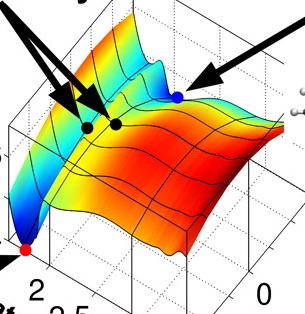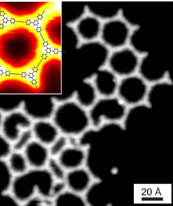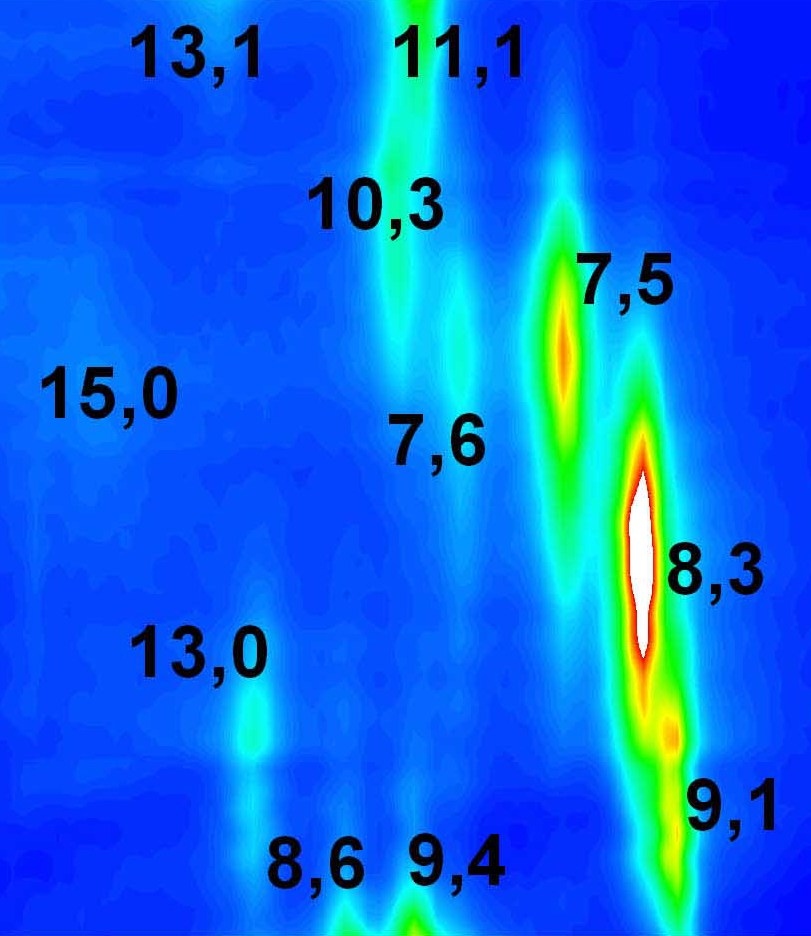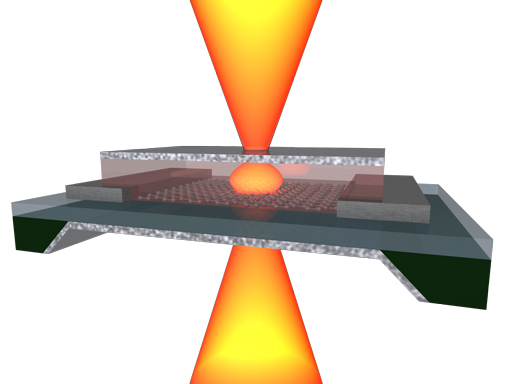Carbon-based Nanostructures
Carbon-based nanostructures have the potential for a large variety of technological applications from sensing devices to active (opto-) electronic elements. The goal is to develop integrative technologies for all carbon nanoelectronics.
At the INT we have running projects on materials preparation, characterization, theory and scale-up of sp2-carbon based nanosystems such as fullerenes, carbon nanotubes or graphene.
We are working on the preparation of atomically precise nanocarbon materials on bulk scale. This requires the development of processes for growth, fractionation and nanostructuring. Theoretical modeling provides a conceptual basis for integration of materials and basic elements.

Transport in graphene structures, including conductivity of scatterers, quantum interference phenomena, transport regimes, interaction effects, and non-equilibrium physics

Modeling structures and functions of graphene, graphite and CNT for applications in electronics and data storage

Preparing atomically precise 2D nanocarbon materials on bulk scale through self-organization and processes for growth, fractionation and nanostructuring

Synthesis and characterization of nano-carbon materials for multi-functional composite materials applications

Design and synthesis of polymers showing specific interactions with SWNTs for solubilization, purification and sorting

Synthesis through Chemical Vapor Decomposition and Pulse Laser Vaporization and sorting of Single Wall Carbon Nanotubes

Photoluminescence and Raman spectroscopy and microscopy for carbon nanotubes and other inorganic and organic materials

Light-matter interaction in carbon nanosystems and optoelectronic applications

Using sorted single walled carbon nanotubes (SWCNTs) in the fabrication of new forms of solar cells and sensing devices

